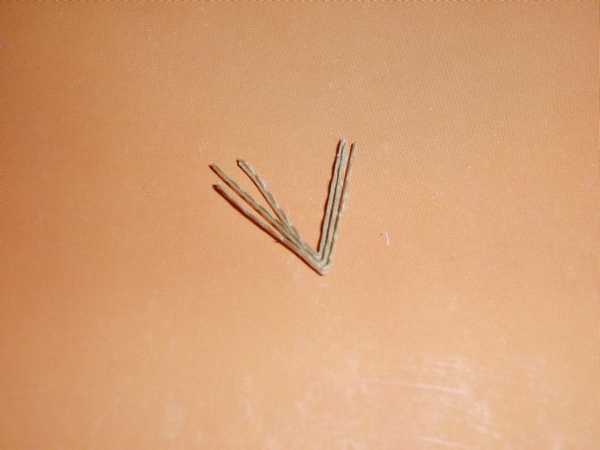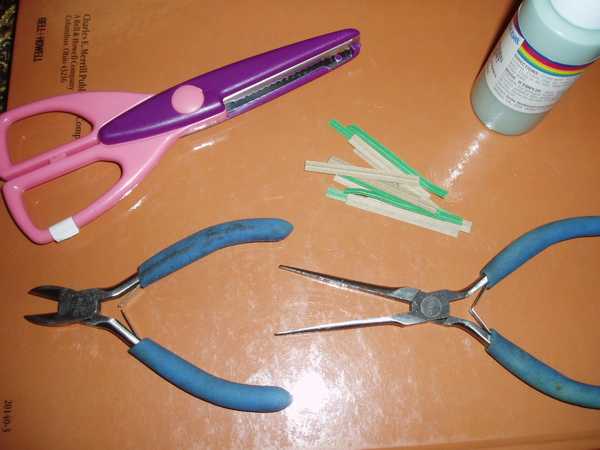01-30-2011, 11:03 AM
Next up is the prickly pear cactus. These cacti grow in many places, even in humid and cold regions. I've personally seen them growing in Wyoming and Alabama, and about every place in between. But, they are larger and much more visible in the open desert. The fruit and pads of these plants are edible, with the fruit used to make jellies and candy, and the pads common in south-of-the-border cuisine. The wikipedia page provides a brief description:
<!-- m --><a class="postlink" href="http://en.wikipedia.org/wiki/Opuntia">http://en.wikipedia.org/wiki/Opuntia</a><!-- m -->
This plant is easily spotted on hillsides, yet is difficult to make to scale. An HO scale prickly pear would have pads too small to easily make, and I think the results would be less recognizable to those with poor eyesight. As a result, my model prickly pears are about 25-50% larger than scale, and much less dense. Nonetheless, I think they adequately capture the characteristics of this plant.
I start out with paper twist ties pilfered from the produce section of my local supermarket, some scrapbooking scissors that produce a scalloped cut, and various pliers and cutters.

I use the scissors to cut along each side of the twist tie next to the wire. The result looks like a string of joined circles.

I then take the cut twist ties, cut them to an appropriate length, and bend them in half.

<!-- m --><a class="postlink" href="http://en.wikipedia.org/wiki/Opuntia">http://en.wikipedia.org/wiki/Opuntia</a><!-- m -->
This plant is easily spotted on hillsides, yet is difficult to make to scale. An HO scale prickly pear would have pads too small to easily make, and I think the results would be less recognizable to those with poor eyesight. As a result, my model prickly pears are about 25-50% larger than scale, and much less dense. Nonetheless, I think they adequately capture the characteristics of this plant.
I start out with paper twist ties pilfered from the produce section of my local supermarket, some scrapbooking scissors that produce a scalloped cut, and various pliers and cutters.
I use the scissors to cut along each side of the twist tie next to the wire. The result looks like a string of joined circles.
I then take the cut twist ties, cut them to an appropriate length, and bend them in half.
--
Kevin
Check out my Shapeways creations!
3-d printed items in HO/HOn3 and more!
<!-- m --><a class="postlink" href="https://www.shapeways.com/shops/kevin-s-model-train-detail-parts">https://www.shapeways.com/shops/kevin-s ... tail-parts</a><!-- m -->
Kevin
Check out my Shapeways creations!
3-d printed items in HO/HOn3 and more!
<!-- m --><a class="postlink" href="https://www.shapeways.com/shops/kevin-s-model-train-detail-parts">https://www.shapeways.com/shops/kevin-s ... tail-parts</a><!-- m -->


